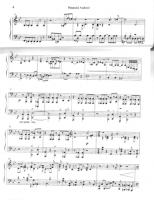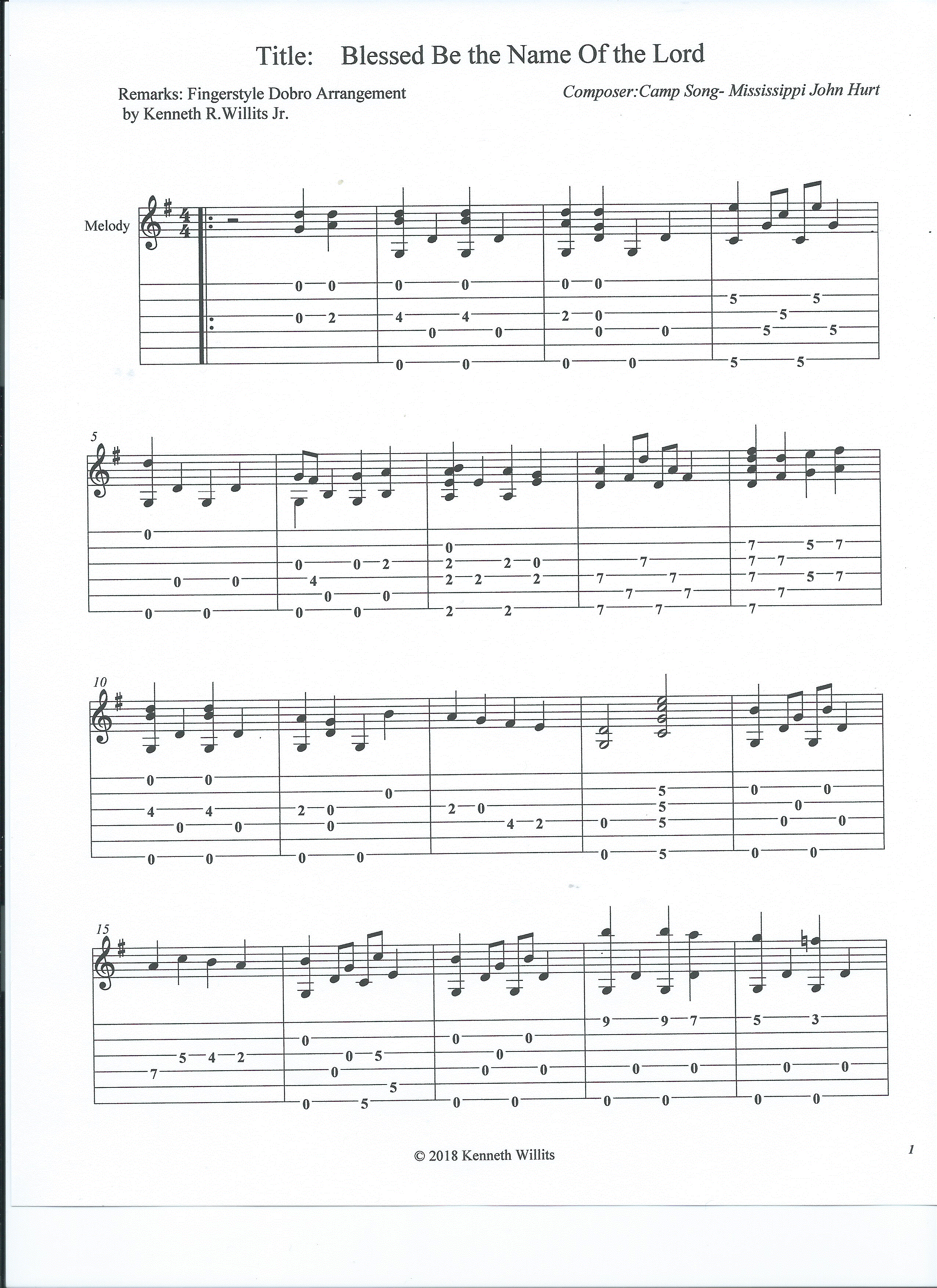

On the 1967 live sets, he is almost playing over Tony’s sound, which is no mean feat!Īll this is to say that the subtle weighting of the chords towards the top note, the slight loosening and relaxation of volume through the phrase (particularly as it returns and is extended under Miles at 3.55), and the instinctive way that Herbie brings out the colour of each shape are all allowed space to be heard. Herbie, on Miles Smiles, is confident to play under Tony’s sound.

Despite the fact that Tony in this period is in many ways a busier drummer than, for instance, Elvin Jones, if you listen to either the studio or live recordings of the Coltrane from 1961 onwards you can hear that Elvin and McCoy are operating much more in the same sonic space, meaning that McCoy is almost consistently percussive, wider (and lower) in his voicings to match the pitch of Elvin’s kit. It helps that Tony and Herbie are separated L-R, and Tony’s sound is generally operating at quite a high frequency. In the studio, however, Tony is simmering rather than on a hard boil, and, crucially, this opens up the dynamic space that Herbie can exploit (whilst also knowing that it’ll be well recorded, and, in this case, generously mixed). His enormous, explosive sound in the ’67 live sets means Herbie is generally playing higher up the piano and more aggressively, although he still manages quite a lot of dynamic contrast (i.e. Although it’s still nowhere near the levels of the 1967 discs, check out how much more snare and low-end work there is when Herbie is laying out under Miles’s solo in Dolores. If you compare this recording to the various Footprints on the recently-released 1967 Bootlegs, it’s clear that Tony Williams is holding it back a little in the studio, particularly in the lower end of his kit (which is also relatively lower in the mix than the ride).
#Blackbird brad mehldau chords how to#
In either case, it’s a demonstration of how to generate a sense of direction in quartal voicings. I don’t know whether this was a pre-conceived idea, or genuine spur-of-the-moment conception. The third chord smacks of the phrygian V (the tense, brooding dominant sound at the beginning of Coltrane’s Crescent, for example, or throughout many of Kenny Wheeler’s compositions). Even without my ‘imaginary’ notes, the second chord has some of the resonance of either a D half-diminished or a D7#9 (using the diminished scale). I think you can hear the dynamics of a tonal progression here. Here they are with imaginary i – II – V – I bass notes underneath (plus a couple of extras): There’s a real sense of resolution to the phrase, and I think it’s because the chords actually have some tonal implications. The first and last chords are entirely within the mode, the second chord contains one note from outside, and the third chord two. The top notes, which really transfor m the colour of the chords, seem to mirror the melody of bar 9 in Footprints, almost glueing together the horn parts and the rhythm section.

The lower three notes of these chords are chromatically descending fourths, landing on G, the fifth note of the chord-scale of C Dorian. Herbie is the master of slinky, chromatically rich quartal (fourths) voicings. What I’ve begun to think, though, is that if you take a step back and listen to the whole group, the power of this phrase is quite revealing about the musical impulses of the rest of the group, and Tony Williams in particular. In this instance the end product is just four brief chords, but the musical impulse is pure, distilled Herbie Hancock at his best. I’ve written before about how I see transcription as being just as much about understanding someone’s musical impulses as it is about imitating their “end-product”. Trouble is, there’s something about this phrase that just eats me up – the deep music al logic, its communicative power, the subtlety in the way Herbie delivers it, its placement in the group sound as he repeats it, develops it, breaks it up…. This is such a perfect, elegant little phrase, and it would be pretty good just to shoe-horn it in the next time a few bars of minor modal harmony are left unattended somewhere. If you need to listen to it, but don’t have Miles Smiles…(I’d encourage you to change that situation) Just 4 chords, from the hands of Herbie Hancock, taken from Footprints on Miles Smiles, 0’25’’:


 0 kommentar(er)
0 kommentar(er)
